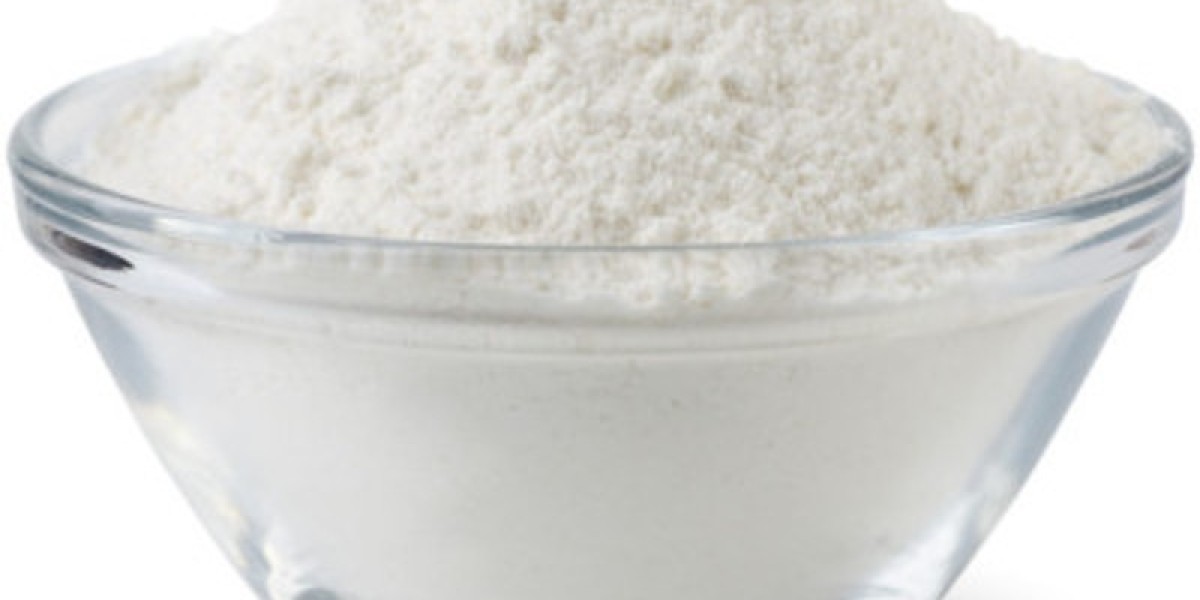Yes, using industrial coating supplies involves significant safety risks (e.g., chemical exposure, fire hazards, and mechanical injuries). Strict adherence to safety precautions is critical to protect workers’ health and ensure workplace safety. Below is a detailed breakdown of key safety measures, categorized by risk type and operational stage.
1. Pre-Operation: Risk Assessment & Preparation
Before using any industrial coating supplies, thorough preparation is essential to identify and mitigate potential hazards.
- Conduct a Hazard Analysis:Review the Safety Data Sheet (SDS) for every coating material (e.g., epoxy, polyurethane, solvents). SDS documents detail risks (e.g., toxicity, flammability), first-aid measures, and safe handling instructions. Never use a product without understanding its SDS.
- Inspect Equipment & Workspace:
- Check coating tools (e.g., spray guns, hoses) for leaks, cracks, or malfunctions—damaged equipment can cause chemical spills or uneven spray (increasing inhalation risk).
- Ensure the workspace has no ignition sources (e.g., open flames, hot surfaces, electrical sparks) if using flammable materials (e.g., solvent-based coatings, powder coating resins).
- Train Personnel:Only trained workers should handle coating supplies. Training must cover:
- Proper use of personal protective equipment (PPE).
- Emergency response (e.g., spill cleanup, fire extinguishing).
- Recognition of early symptoms of chemical exposure (e.g., dizziness, skin irritation).
2. Personal Protective Equipment (PPE): Mandatory Gear
PPE is the first line of defense against chemical exposure, physical injury, and respiratory hazards. The type of PPE depends on the coating material and application method:
- For Respiratory Hazards:
- Use N95/KN95 masks in low-dust environments (e.g., for powder coating overspray).
- Opt for respirators with organic vapor cartridges when working with solvent-based coatings (e.g., those containing xylene or toluene).
- For high-VOC or toxic coatings (e.g., chrome-based primers), use supplied-air respirators.Note: Cloth masks are ineffective—they do not block chemical vapors or fine powder particles. Replace respirator cartridges per the manufacturer’s guidelines (typically every 8 hours of use).
- For Skin Contact Protection:
- Wear chemical-resistant gloves (nitrile or neoprene is recommended; avoid latex, as it is permeable to many solvents).
- Use impermeable coveralls or aprons to shield clothing and skin from liquid or powder splashes.
- Put on chemical-resistant boots to prevent spills from seeping into shoes.Note: For powder coatings, gloves avoid skin irritation from dry powder; for liquid coatings, gloves block absorption of toxic chemicals (e.g., isocyanates in polyurethane).
- For Eye & Face Hazards:
- Wear chemical splash goggles with side shields (mandatory for spray applications).
- Add a face shield for extra protection during high-pressure spray or large-volume mixing.Note: Regular safety glasses are insufficient—splashes of corrosive coatings (e.g., acid-based primers) can cause permanent eye damage.
3. Workplace Ventilation: Control Airborne Hazards
Poor ventilation leads to the buildup of toxic vapors (e.g., VOCs from solvents) or powder particles (e.g., powder coating overspray), increasing inhalation risk.
- For Liquid Coatings (Solvent-Based):Use local exhaust ventilation (LEV) systems (e.g., hoods above spray booths) to capture vapors at the source. Ensure the LEV is rated for the type of solvents used (check the manufacturer’s specifications).
- For Powder Coatings:Install dust collection systems (e.g., cyclone separators or bag filters) in spray booths to capture overspray. Avoid dry sweeping—use HEPA-filtered vacuums to prevent powder from becoming airborne.
- General Ventilation:Even with LEV, ensure the workspace has fresh air circulation (e.g., open windows, fans) to reduce residual vapor levels. Use a VOC monitor to confirm air quality meets safety standards (e.g., OSHA’s permissible exposure limits, PELs).
4. Safe Handling of Coating Materials
Improper handling of coatings, solvents, or additives can cause spills, chemical reactions, or fires.
- Storage Rules:
- Store flammable materials (e.g., solvent-based coatings, thinners) in explosion-proof cabinets away from heat sources. Label cabinets clearly (e.g., “Flammable—Keep Away from Ignition Sources”).
- Separate incompatible chemicals: Do not store acids (e.g., etching solutions) near bases (e.g., alkaline cleaners) or oxidizers (e.g., some curing agents)—they can react violently.
- Keep coatings in their original containers (or labeled, chemically resistant containers) to avoid cross-contamination.
- Mixing & Dilution:
- Follow the manufacturer’s ratio when mixing two-component coatings (e.g., epoxy resin + hardener)—incorrect ratios can produce toxic byproducts or unstable coatings.
- Mix in well-ventilated areas and wear gloves/goggles to avoid splashes. Never mix different coating types unless approved by the manufacturer.
- Spill Response:
- Have spill kits on hand (e.g., absorbent pads, neutralizing agents for corrosive spills).
- For small spills: Contain the spill with absorbent material, avoid spreading it, and dispose of waste per local regulations.
- For large spills: Evacuate the area, shut off ignition sources, and contact emergency services if vapors are excessive.
5. Fire & Explosion Safety
Many industrial coatings (e.g., solvent-based paints, powder coating resins) are flammable or combustible, requiring strict fire prevention measures.
- Fire Extinguishers:Place Class B (for flammable liquids) and Class C (for electrical fires) extinguishers near the workspace. Ensure workers know how to use them (annual training is recommended).
- No Ignition Sources:
- Ban smoking in the coating area (post “No Smoking” signs).
- Use explosion-proof electrical equipment (e.g., lights, fans) in areas with flammable vapors—standard equipment can spark and ignite vapors.
- Powder Coating Specifics:Dry powder coatings are combustible in high concentrations (e.g., if overspray accumulates). Avoid creating dust clouds and clean up overspray regularly to prevent dust explosions.
6. Post-Operation: Cleanup & Waste Disposal
Improper cleanup or waste disposal can lead to long-term environmental contamination or accidental exposure.
- Equipment Cleaning:
- Clean spray guns, hoses, and mixing tools with compatible solvents (per SDS guidelines) to prevent clogs. Dispose of cleaning rags in sealed, fire-resistant containers (soiled rags can self-ignite).
- For powder coating equipment, use compressed air (in a ventilated area) or HEPA vacuums to remove residual powder—never blow powder into the air.
- Waste Disposal:
- Dispose of leftover coatings, empty containers, and contaminated absorbents as hazardous waste (do not throw them in regular trash or pour solvents down drains).
- Follow local, state, and federal regulations (e.g., EPA guidelines in the U.S.) for hazardous waste disposal—partner with licensed waste management companies if needed.
7. Emergency Response
Even with precautions, emergencies (e.g., chemical burns, fires, inhalation) can occur. Have a clear plan:
- First Aid:
- For skin contact: Rinse the affected area with cool water for 15+ minutes; remove contaminated clothing and wash it separately.
- For eye contact: Flush eyes with water for 15+ minutes (hold eyelids open) and seek medical help immediately.
- For inhalation: Move the victim to fresh air; administer oxygen if trained, and call emergency services if breathing is difficult.
- Evacuation:Establish a clear evacuation route and assembly point. Ensure all workers know how to trigger alarms (e.g., fire alarms, gas detectors).
Key Takeaway
Safety when using industrial coating supplies is a “layered” process—combining PPE, ventilation, proper handling, and training. Never cut corners: A single oversight (e.g., skipping a respirator, storing flammables incorrectly) can lead to serious injury, illness, or workplace incidents. Always prioritize compliance with local safety regulations (e.g., OSHA in the U.S., CE in the EU) and manufacturer guidelines.








